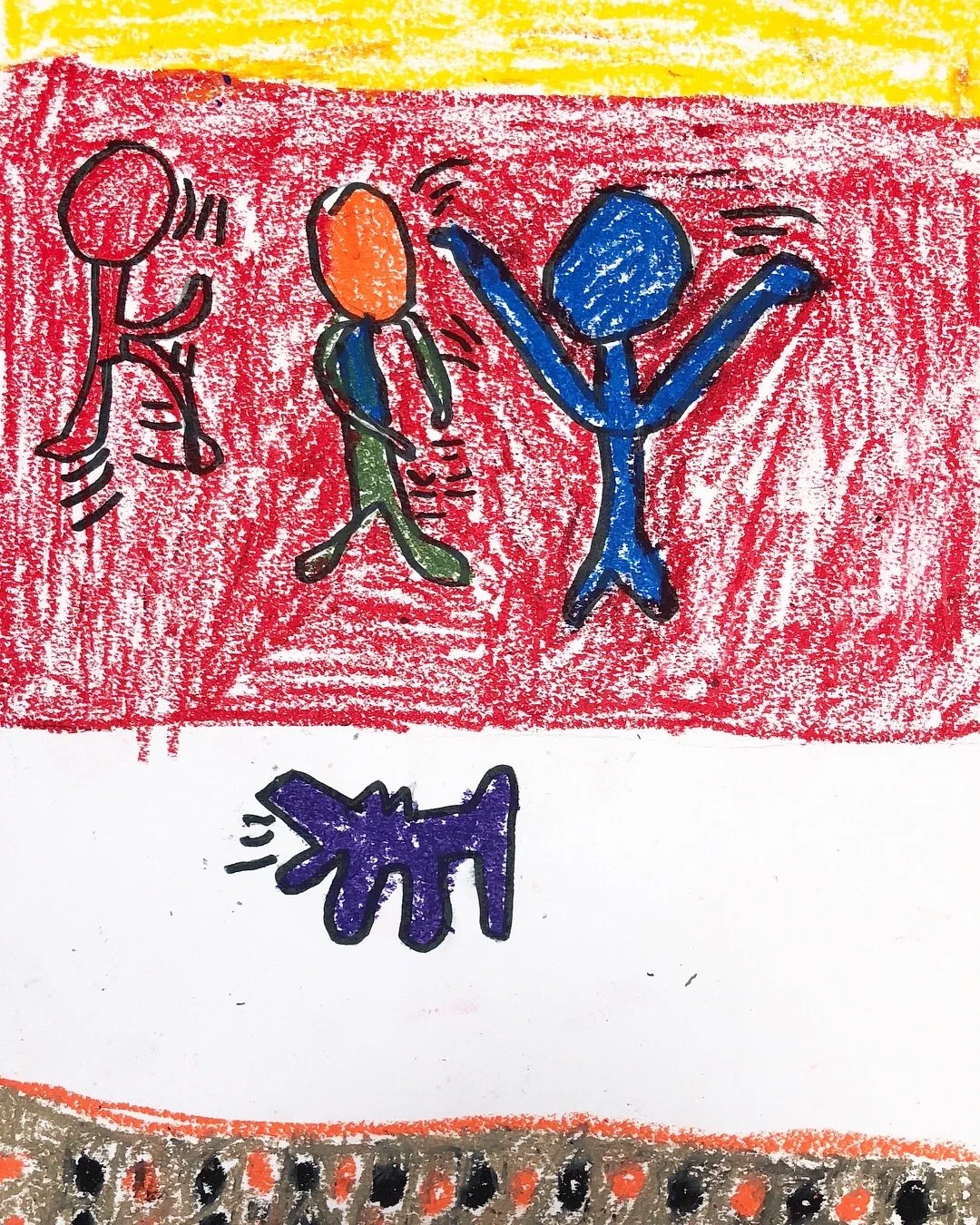My teaching philosophy is centered around creating experiences and safe environments for students to engage in holistic learning and exploration through art and its materials. First and foremost, students need to feel supported and safe in their learning environments to learn so that they may become intrinsically motivated in learning the subject matter. I view my role in education as not only a teacher, but also as a mentor and a positive guiding influence in my students' lives for them to achieve their dreams and ambitions.
HEAD, HEART AND HANDS
Head, Heart, and Hands is a pedagogical approach that I first learned during my time as a pre-service art teacher, but ultimately became a strong area of interest during graduate school in Finland. This approach to art education opens the opportunities for students to explore their own emotions and motivations (Heart), while also developing critical thinking and reflection skills necessary for understanding the world around them (Head), all through creating artwork and being exposed to a variety of art methods and techniques (Hands). Essentially when designing lesson plans I always consider three main questions: What do I want the students to think about? What technique do I want the students to create/experiment with? What emotions and motivations are the students feeling during the creation of the artwork?
I like to expose my students to as many new methods of art creation as possible. As an artist myself, I have explored many techniques and feel that it is my job to show students that art is full of endless possibilities for exploration. I am also a lover of art history and contemporary art, and love to share that with my students. In Philadelphia specifically, there is a vibrant art community full of resources that I would love to bring into the classroom. I also encourage my students to explore their own motivations for creating artwork within the curriculum and structure that I provide, whether it be through technique or subject matter.
You can read more about this approach and the educational research I have done on this topic here.
SAFE SPACES
Part of students feeling safe, seen, and supported includes the strong anti-racism and anti-stereotype approach to art education that I implement. I believe in not holding the microphone to teach students about the world, cultures, and experiences but rather to pass it over to those who have experienced it, and to highlight the personal voices of artists. Emotional safety is also important. Art as a subject can inherently be frustrating for students when the piece doesn't look how they wanted it to or the materials are not participating as they thought. However, art can be a safe space, if facilitated properly, to experience these emotions and learn to deal with perceived failure and risk in a positive way to develop resilience and problem solving skills. Art can also be a very healthy way to process emotions and life events, if students themselves choose to do so.
It is essential to me as an educator to be a creator of safe spaces, where students feel both seen and supported, and safe to learn through their mistakes. I am a strong advocate for my students and put their wellbeing first. I always want my classroom to be a place where students feel safe to come to me with new ideas, thoughts, and problems that they encounter. I want them to know that they are valued, important, and a key part of our community.
